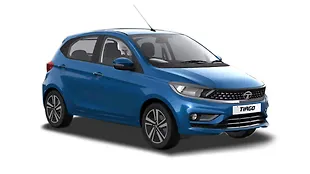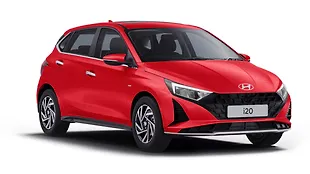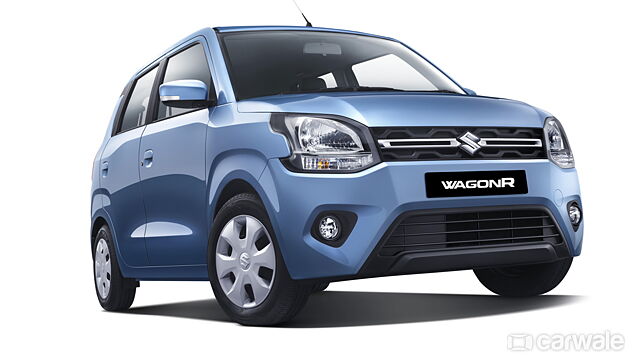
After a long wait, Maruti Suzuki has given us the all-new Wagon R. On sale in India since 1998, the Wagon R is one of the highest selling cars in India and has become a household name in the country. So the new Wagon R has some big shoes to fill. Here are top five highlights of the new-gen Wagon R which everyone should know about.
New tall-boy Design:

Being a volume product, Maruti didn’t experiment much with the design of the new Wagon R. The characteristic 'tall-boy' stance has been retained, but there is a whole new fascia and a redesigned rear. The squarish dual-split headlamps flank a newly designed grille and a rather simple front bumper makes the fascia appear very Japanese-esque. The floating C-pillar gives the hatchback a modern and stylish profile since the doors are more or less unchanged. The elongated taillights are akin to the new Ertiga, but the squared-off rear gives the new Wagon R a boxy stance.

After moving to the Heartect platform, the new Wagon R has also grown in dimensions but is slightly shorter than the car it replaces. It is the same platform which underpins all modern day Maruti cars. Compared to its predecessor's 3599x1495x1700mm, the new Wagon R measures 3655x1620x1675mm with the wheelbase growing from 2400mm to 2435mm.
Bigger Engine:

For the first time, the Wagon R gets a bigger 1.2-litre engine. The four-cylinder 82bhp/113Nm motor from the Swift and Ignis has found its way under the hood of the new Wagon R. It joins the old 1.0-litre engine and both the powertrains are available with a five-speed manual and AMT transmission.
Revamped cabin:

Similar to the exteriors, the cabin of the new Wagon R is a huge leap over the older car. The dual-tone dash has a large infotainment screen atop the centre console flanked by vertical air-con vents. The new steering wheel has mounted controls and a contrasting silver insert. A big circular speedometer dominates the instrument cluster which also has a tachometer in higher variants. The seats – both fore and aft – don’t come with adjustable headrests. But the larger dimension translates to more space on the inside.

Variants and Features:

The new Wagon R is available across seven variants. This includes three 1.0-litre trim – LXI, VXI and VXI AMT – and four 1.2-litre variants – VXI, VXI AMT, ZXI and ZXI AMT. The standard features includes single airbag and ABS, distance to empty warning, a 12V socket, front power windows, bottle holders in doors, optional passenger airbag, rear parking sensors, central locking, and body coloured bumpers.

At higher trim levels, the feature list comes with 60:40 split seat, tilt adjust steering, silver coloured door handles, gearshift position in AMT, remote keyless entry, all four power windows, speed sensing door locks, and wheel covers. The top-spec variant adds equipment like the new Smart Play dock with Bluetooth, USB and AUX, tachometer, rear defogger, rear parcel tray, steering mounted voice controls, and passenger airbag as standard.
Competition:

The Wagon R has always been a formidable name in its segment. It sold more than 1.5 lakh units in 2018 and way more than that a year before. But to give the new one a run for its money, Hyundai has brought back the iconic Santro in India last year. It will be interesting to see how they both compare in real life test, but until then, there is a Spec Comparison of these two cars. Moreover, the runaway success from Tata, the Tiago, also makes a sensible buy if the new Wagon R fails to impress the car buyer. The comprehensively updated Datsun Go and stable mate Celerio might also want a piece of the Wagon R pie. But the latter is an outdated model while the Datsun falls short in many ways to make a dent into Wagon R's sales.


![Maruti Suzuki Wagon R [2019-2022] Image Maruti Suzuki Wagon R [2019-2022] Image](https://imgd.aeplcdn.com/272x153/n/cw/ec/34467/wagonr-exterior-right-front-three-quarter-3.jpeg?q=80)
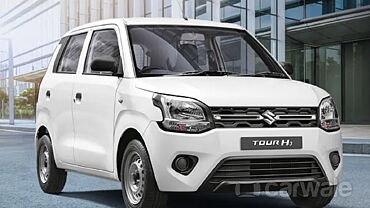
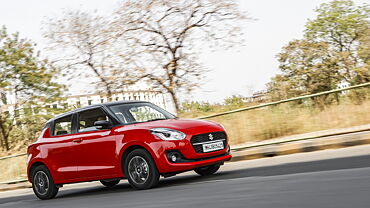
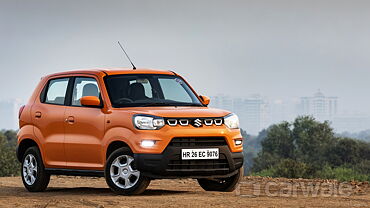
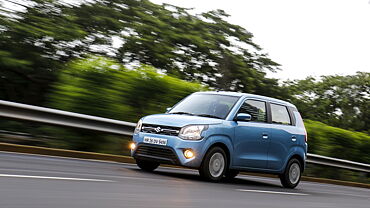



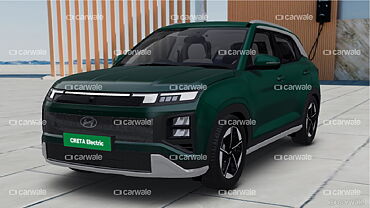


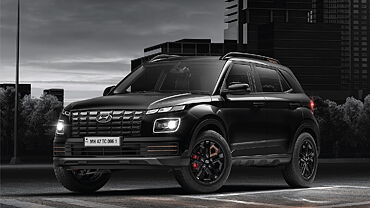

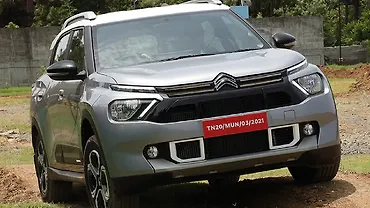
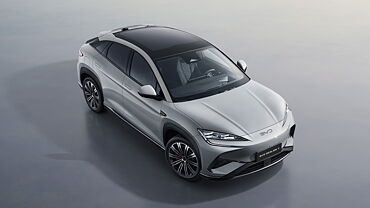
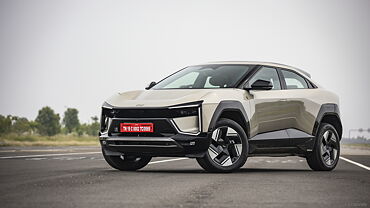
![Maruti Suzuki Wagon R [2019-2022] Right Front Three Quarter Maruti Suzuki Wagon R [2019-2022] Right Front Three Quarter](https://imgd.aeplcdn.com/199x112/n/cw/ec/34467/wagonr-exterior-right-front-three-quarter-3.jpeg?q=80)
![Maruti Suzuki Wagon R [2019-2022] Right Front Three Quarter Maruti Suzuki Wagon R [2019-2022] Right Front Three Quarter](https://imgd.aeplcdn.com/199x112/n/cw/ec/34467/wagonr-exterior-right-front-three-quarter-2.jpeg?q=80)
![Maruti Suzuki Wagon R [2019-2022] Right Side View Maruti Suzuki Wagon R [2019-2022] Right Side View](https://imgd.aeplcdn.com/199x112/n/cw/ec/34467/wagonr-exterior-right-side-view.jpeg?q=80)
![Maruti Suzuki Wagon R [2019-2022] Dashboard Maruti Suzuki Wagon R [2019-2022] Dashboard](https://imgd.aeplcdn.com/199x112/n/cw/ec/34467/wagonr-interior-dashboard.jpeg?q=80)
![Maruti Suzuki Wagon R [2019-2022] Steering Wheel Maruti Suzuki Wagon R [2019-2022] Steering Wheel](https://imgd.aeplcdn.com/468x263/n/cw/ec/34467/wagonr-interior-steering-wheel.jpeg?q=80)



